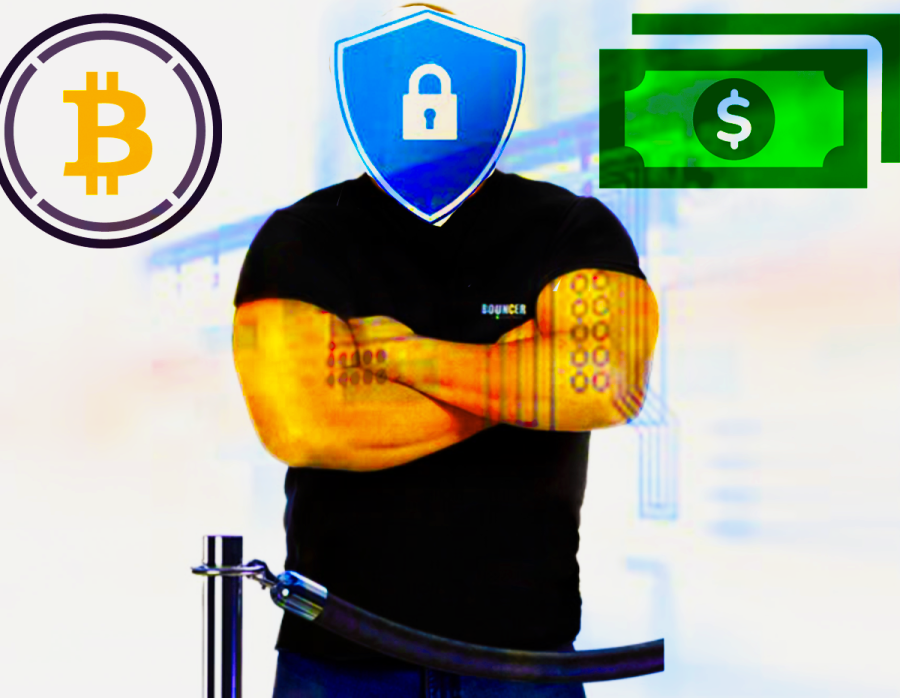The past, present and future of cybersecurity markets
March 25, 2022
The rise in cyberattacks and ransomware hacks — such as those of the Colonial Pipeline, SolarWinds Corp. and JBS S.A. — have brought to light the fragility of current infrastructure systems, highlighting the importance of protecting businesses of all sizes from such activities.
Russia’s invasion of Ukraine in February heightened concerns of cyberattacks from Russia toward Western companies.
It has caused stocks of leading cybersecurity companies such as Fortinet, Palo Alto Networks Inc. and CrowdStrike Holdings Inc. to rise.
Current trends in microeconomics and macroeconomics are guiding investors and businesses toward the cybersecurity services industry.
The cybersecurity market is expected to surpass $366.1 billion by 2028 while the cybersecurity insurance market is expected to exceed $28.25 billion by 2027.
As hackers and technology become more advanced and global economies become more digitized, cyber security concerns are expected to rise. Therefore, it is important that countries update their public transportation and other facilities that use outdated legacy systems, which can be easily hacked.
“There are two things that come to mind: one, artificial intelligence, and two, the isolation of data centers from networks and creating bubbles around them, which is somewhat concerning because that would eradicate many cybersecurity jobs,” Teddie Suss, a cybersecurity analyst and Baruch College alum, told The Ticker.
Suss added that many companies and businesses don’t take precautionary steps to prevent the breach of data until it occurs. Unfortunately, insurance is one of those steps.
There is a possibility that cybersecurity insurance will be a norm in the future, just as insurance for life, health and vehicles are today. Insurance provider AIG expects global cybercrime costs to reach $10.5 trillion by 2025, saying that it’s seen “claims rise 150% since 2018.”
Corporations are also working to build infrastructure to defend against such attacks and increase budgeting for their occurrences. One concern that arose from the rise of these activities is the increase in premiums that companies are charging for protection and prevention services. Bank of America Corp. is one of them.
“I became CEO 11 and a half years ago, and we probably spent three to $400 million [per year] and we’re up over a billion now,” Bank of America CEO Brian Moynihan said on CNBC.
Google’s recent agreement to buy cybersecurity firm Mandiant Inc. for $5.4 billion, which outbid Microsoft Corp. by $600 million, further confirms the reality of these cyber threats. By using Mandiant’s software tools, Google will be able to deal with incoming attacks promptly.
However, health care is arguably the industry that has taken the hardest hit by cyberattacks .The COVID-19 pandemic inflamed already bruised systems, exposing patients to higher rates of identity theft.
In 2020, a third of healthcare organizations were targeted by cyberattacks, per reporting by HealthITSecurity. It also stated the health care sector witnessed a 45% surge in cyberattacks.
Cybersecurity jobs are expected to increase by 33% into 2030, according to the U.S Bureau of Labor Statistics. That would amount to over 16,000 jobs in the industry until 2030. Suss said that though the demand for cybersecurity roles is on the rise, the cybersecurity community is not doing a good enough job.
This could potentially be why cybersecurity growth is hindered, compared to the quantity and frequency of cyberattacks.
The United States recently took steps to boost its cyber defense, but despite spending a lot, the nation still experienced record attacks last year.
The future of cybersecurity could go in many routes, one of them beingartificial intelligence, which is being tested and makes it easier to keep up with ever-evolving threats.
Another more severe route is the isolation of clouds and data centers from public networks, referred to as “network segmentation,” according toSuss.
As cyberattacks continue to rise, investors, businesses and institutions should make use of the continuously growing cybersecurity industry.







